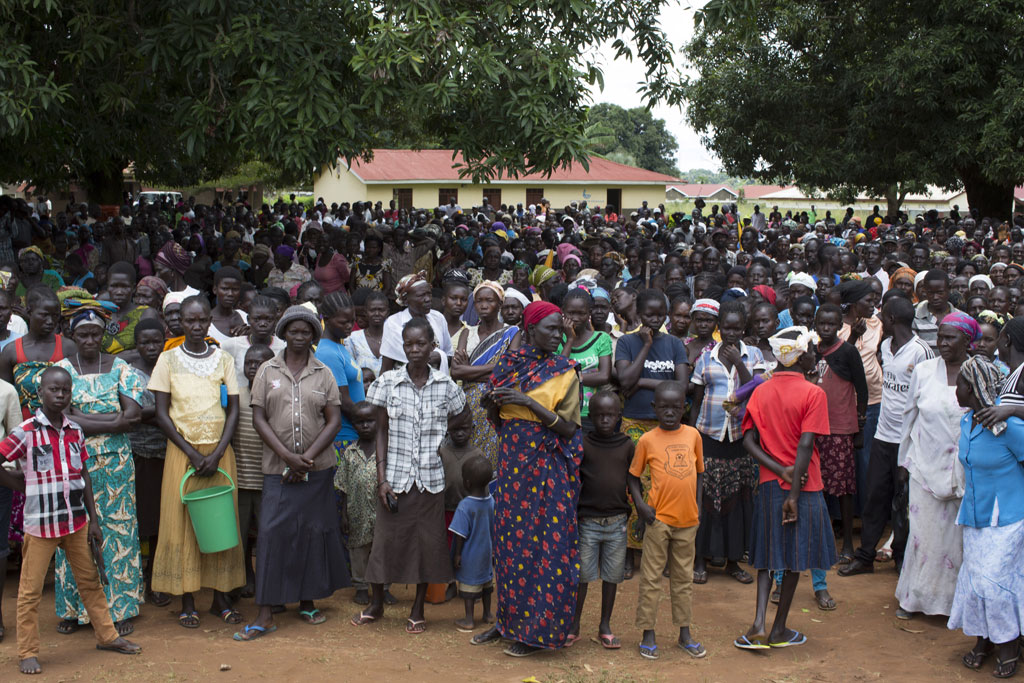News & Updates
The Global Humanitarian Overview 2017: Record funds for record need
09 December 2016

The United Nations Office for the Coordination of Humanitarian Affairs (OCHA) in collaboration with humanitarian partners across the world has launched the Global Humanitarian Overview 2017, a consolidated appeal to support people affected by disaster and conflict around the world.
The report states that for 2017, humanitarian partners will require a record US$22.2 billion to meet the needs of 92.8 million people in 33 countries. The appeal, which is the largest in the history of the United Nations, will support humanitarian efforts in some the world’s worst affected areas.
“The scale of humanitarian crises today is greater than at any time since the United Nations was founded. Not in living memory have so many people needed our support and solidarity to survive and live in safety and dignity,” said Stephen O’Brien, under-secretary-general for humanitarian affairs and head of the OCHA.
In 2016, a record number of vulnerable people were reached and more money was committed than any year previously. However, the exponential increase in humanitarian needs has outpaced these efforts, resulting in a vast funding gap of $10.7 billion.
“Around the world, a growing eco-system of humanitarian actors ranging from local communities to national governments, international organizations and the private sector is delivering life-saving assistance and protection to people in need. Their work is more necessary and courageous than ever”, said Stephen O’Brien.
In the last 25 years, there has been a devastating shift in the frequency, scale and magnitude of humanitarian emergencies. Globally, more than 128 million people are affected by conflict, displacement, natural disasters and profound vulnerability.
In Burundi, the political crisis continues to deepen and the number of people in need of urgent support has tripled to 3 million. In South Sudan, around 1.2 million people, 80 percent of which are women and children, have fled resulting in the largest refugee movement in Africa.
At the same time, the impact of El Niño-triggered droughts, floods and extreme weather is threatening the lives of vulnerable people. In 2017 urgent humanitarian assistance will be required in to reach these communities in Ethiopia, Somalia, Haiti and Southern Africa.
Responding to these protracted crises has prompted the humanitarian community to strive for better, faster and more effective delivery of aid. At the World Humanitarian Summit the humanitarian community resolved to adapt to the changing operational context in order to better meet the needs of affected people.
The failure to act upon the mounting crises outlined in the Global Humanitarian Overview 2017 could result in the in a far wider humanitarian crisis with devastating consequences to life, livelihoods and security.
Download the 2017 appeal at: http://www.unocha.org/stateofaid/
Over 70 expert speakers will gather at the 2nd annual Aid & Development Africa Summit in Nairobi to discuss latest technologies and initiatives to support health SDGs in Sub-Saharan East Africa. Taking place on 28 February-1 March 2017, the Summit will feature a number of sessions dedicated to innovations, partnerships and policy updates for disaster preparedness in East Africa.
Visit http://africa.aidforum.org/agenda/ for more details.
Register your participation at: http://africa.aidforum.org/register
IMAGE SOURCE: UNHCR/Rocco Nur